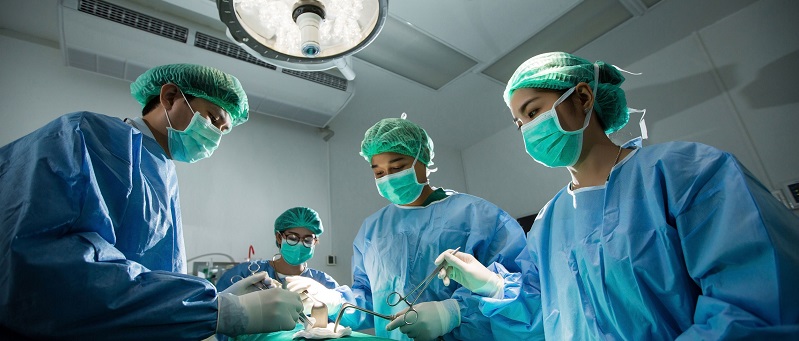Will My Spinal Hardware Eventually Be Removed?
Category: Spine Surgery | Author: Stefano Sinicropi

Surgical devices like rods, screws, plates and wires can play an essential role in helping your body heal in a specific manner following a surgical procedure. Because of the complexity of your spine, it’s imperative that fractures and other issues heal exactly as expected to ensure stability in the spinal canal. Once this stability has been achieved, will the hardware remain in your body, or can it be safely removed? In today’s blog, we talk more about spinal hardware removal and why it might be performed.
Spinal Hardware Removal
As is the case with a number of these blogs about spine surgery, it’s worth remembering that this is just general advice, and you’ll receive better counsel from your treating surgeon. We can’t say for certain one way or the other whether or not your hardware will be removed. We can speak based on some of the general trends we see in the spine surgery world, but know that the only person who can give you a definitive answer about the future of your spinal hardware is the surgeon performing your operation.
With that said, it’s typically very unusual that hardware would be removed following a surgery where healing went exactly as expected. Surgical instrumentation is very small and designed to be non-disruptive to nearby structures. So long as the hardware holds in the correct location and bone healing progresses as expected, it’s typical for hardware to remain even after healing is complete. There’s simply too much that can go wrong with the procedure to warrant a second operation in cases that go as planned.
Hardware removal is usually only performed when an issue has arised during your recovery. There are three main reasons why a surgeon may need to go back in and address or remove surgical hardware during a second spinal procedure. Those reasons for hardware adjustment or removal include:
- Infection Onset – Although rare, if bacteria enter the surgical site during the procedure or before the surgical wound can completely heal, an infection can develop. An infection can greatly compromise the integrity of the hardware and the surgery itself, and a secondary procedure may become necessary to drain the area and readdress the initial spinal structure.
- Hardware Loosening/Breaking – Spinal hardware is incredibly durable, but that doesn’t mean it’s unbreakable. If trauma to the area results in the loosening or breaking or your spinal hardware such that it can no longer hold the structures in place like needed, a revisional procedure may be required.
- Allergic Reaction – Spine surgeons always ask their patients if they have any known allergies, and while hardware continues to become more modern and made from products that are less likely to cause an allergic reaction, the reality is that we don’t always know for certain how your body will react to the insertion of a foreign object. If your body has an allergic reaction to spinal hardware, it’s going to keep producing a reaction until the object is removed, and the healing you hoped to achieve won’t take place.
Fortunately, while these are the most common reasons for spinal hardware removal, the fact of the matter is that needing to undergo a spinal hardware removal procedure is incredibly rare. It typically takes unforeseen or extreme circumstances to warrant hardware removal, so you can take solace in knowing that if hardware needs to be inserted, odds are it will help to provide stability for life.
For more information about spinal hardware, or if you have questions about other back issues, reach out to Dr. Sinicropi and the team at the Midwest Spine & Brain Institute today at (651) 430-3800.